A “RunDLL” pop-up error message in Windows typically indicates that a specific Dynamic Link Library (DLL) file cannot be found or is missing.
Why the “RunDLL” Pop-Up Error Occurs:
The “RunDLL” error message typically appears when Windows is unable to locate or load a specific Dynamic Link Library (DLL) file that a program or system component depends on.
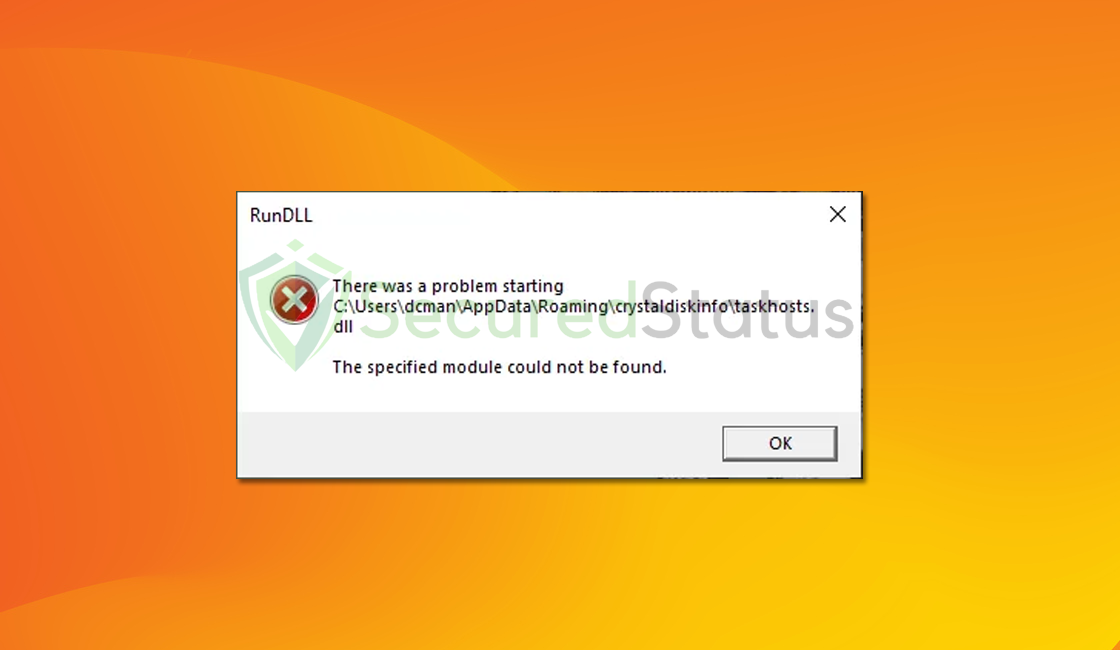
DLL files are essential for various applications and processes in Windows. There are several reasons why this error might occur:
- Corrupted or Missing DLL Files: One of the most common reasons for the error is that the DLL file in question has become corrupted or is missing from its expected location. This can happen due to various factors, such as software conflicts, improper shutdowns, or malware infections.
- Software Uninstallation: If you recently uninstalled a program but didn’t remove all of its associated files or DLLs, the remaining references to those files can trigger the error.
- Malware Infections: Some malware and viruses intentionally delete or corrupt DLL files to disrupt system functionality and potentially gain control over your computer.
- Software Updates or Upgrades: Occasionally, when you update or upgrade software, it may not handle DLL files properly, leading to issues.
- Windows Updates: In rare cases, a Windows Update might introduce compatibility issues with certain DLLs, causing the error.
Now, with a better understanding of why the “RunDLL” error occurs, let’s proceed with the step-by-step instructions to fix it.
Fix RunDLL There was a problem starting pop-up
Each method listed below has been tried and tested by our experts because there could be several factors for this problem. If the first one doesn’t work for you, try the next one until the problem is fixed.
Method 1: Utilize System File Checker and DISM Cleanup
DISM Cleanup and the command-line tool Windows System file checker can be used to verify the stability of all significant system files. Additionally, it checks to determine whether any system files are missing or corrupted by comparing them to their original versions.
1 Click the Windows Button from the keyboard and search for CMD or Command Prompt.
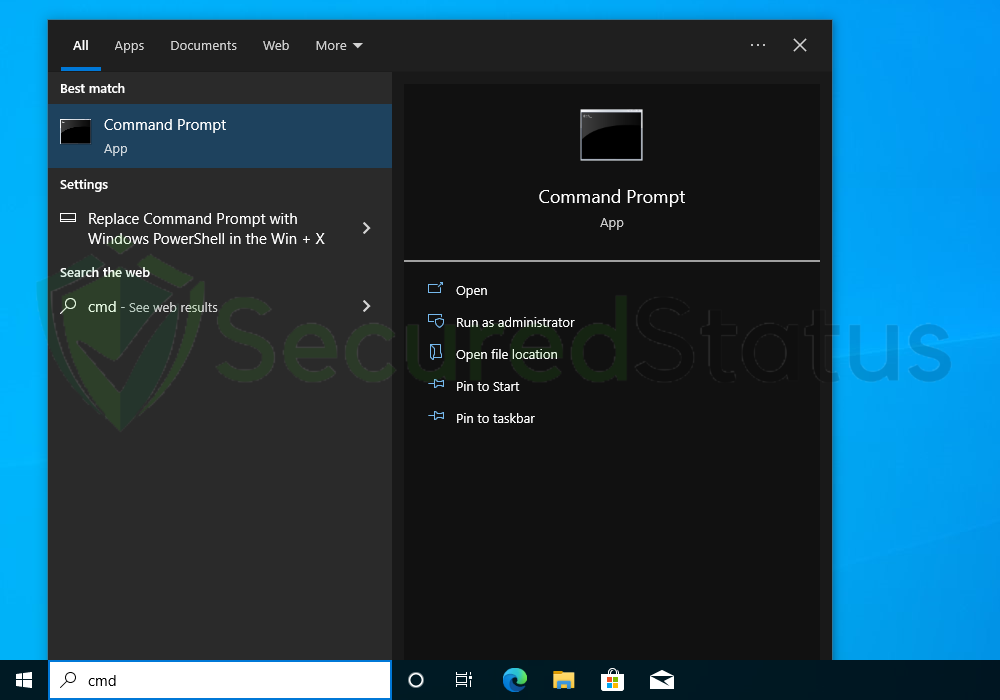
2 Right-click the Command Prompt application and select Run as administrator.

3 The User Account Control confirmation message will pop up, click Yes to proceed.
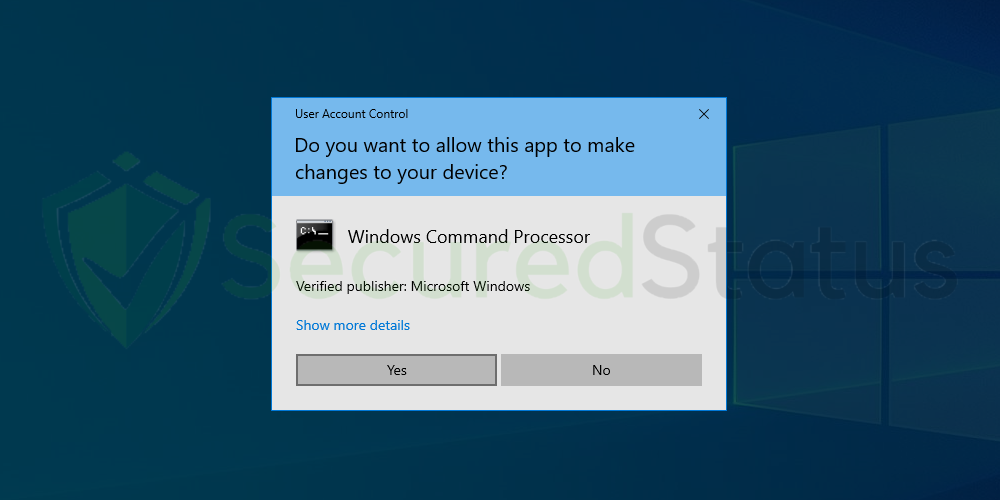
4 Once the Command Prompt opens, type sfc /scannow and hit enter. Please be patient for a few minutes as the scan will start and could take some time.
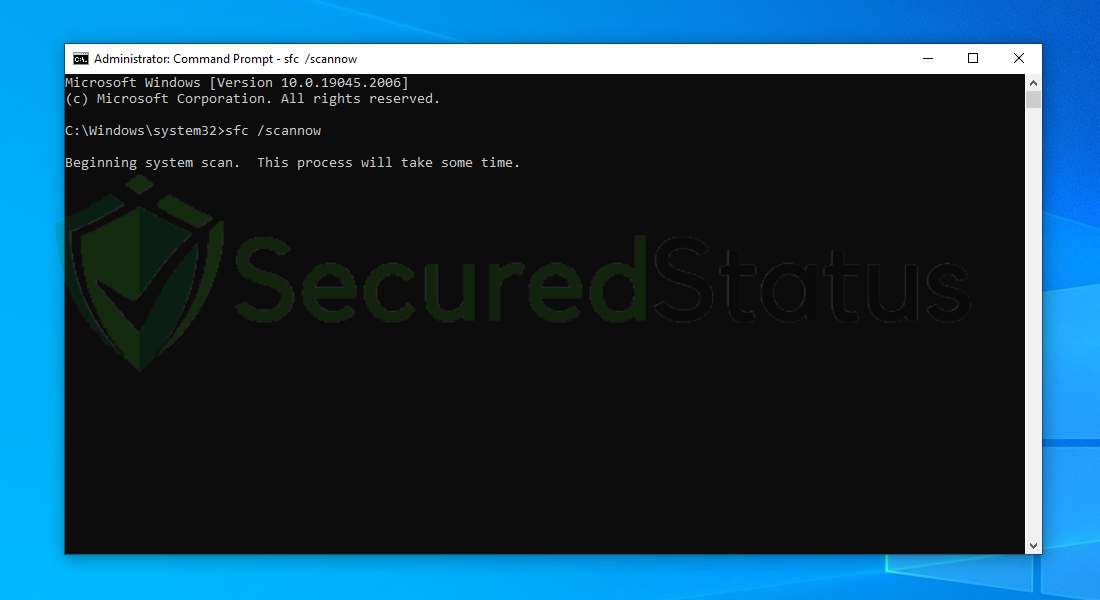
5 After the scanning process it will report that it has successfully found corrupt files and has repaired them.
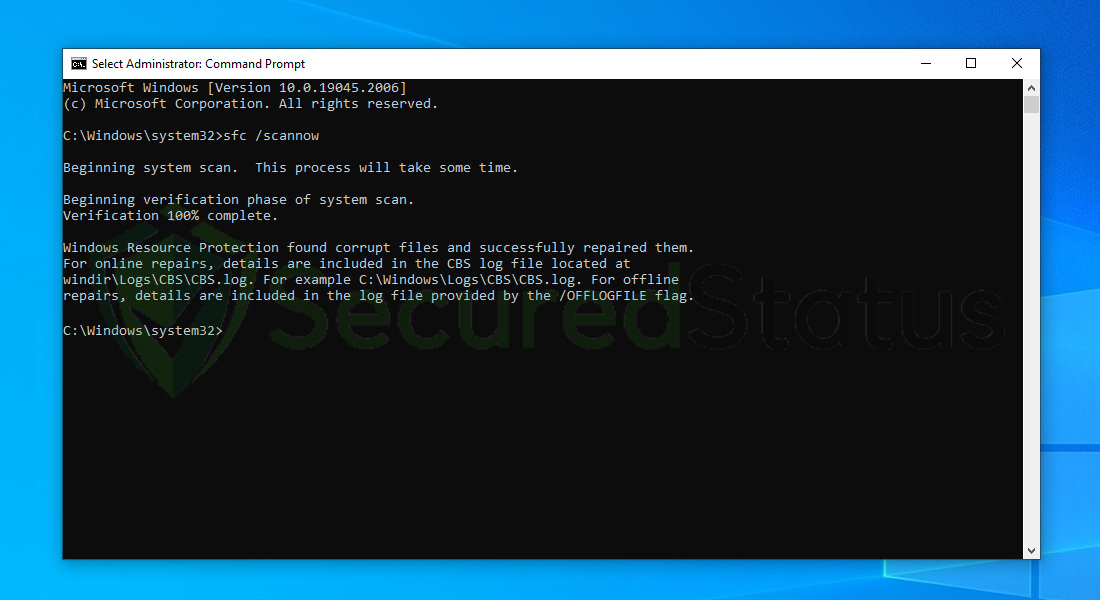
6 Next is to use the DISM Cleanup to patch faulty files in the computer system. Type dism /online /cleanup-image /scanhealth onto the command line and hit enter. Wait for a few minutes while it is scanning.
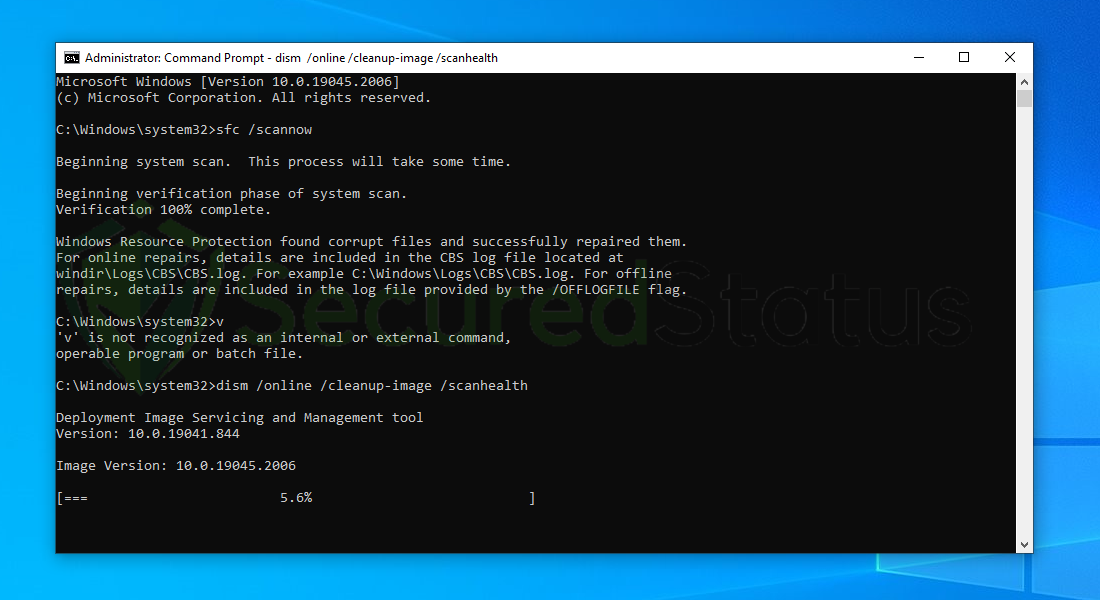
7 After the scan is complete, it will report that the operation is successful and that all corrupted components will be fixed.
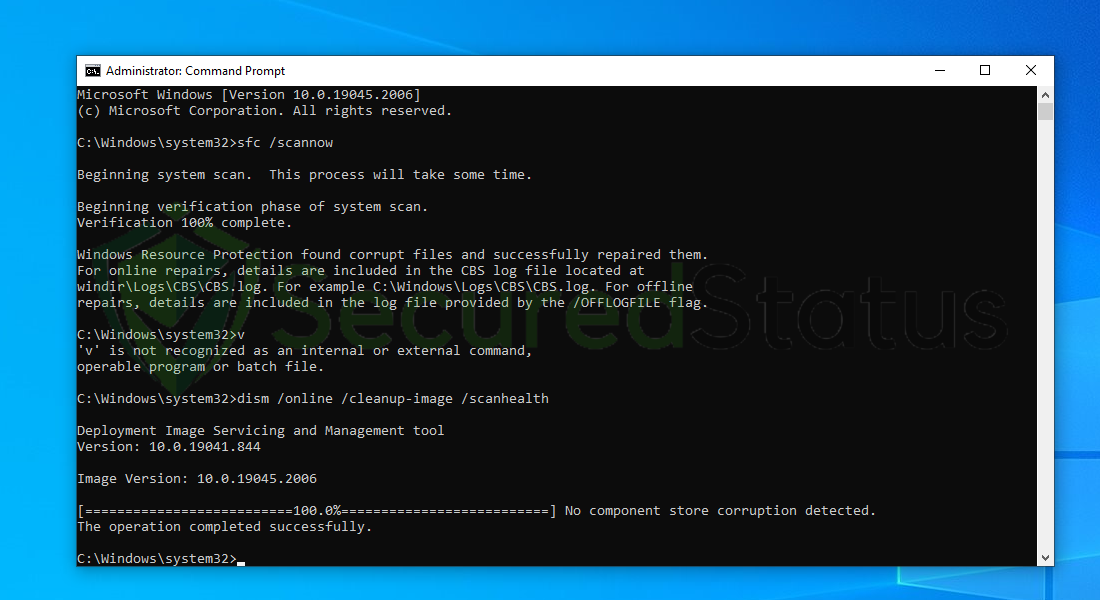
8 Lastly, in order to fix serious windows errors, we will use the restore health command. Type dism /online /cleanup-image /restorehealth and hit enter once again to start the scanning process.
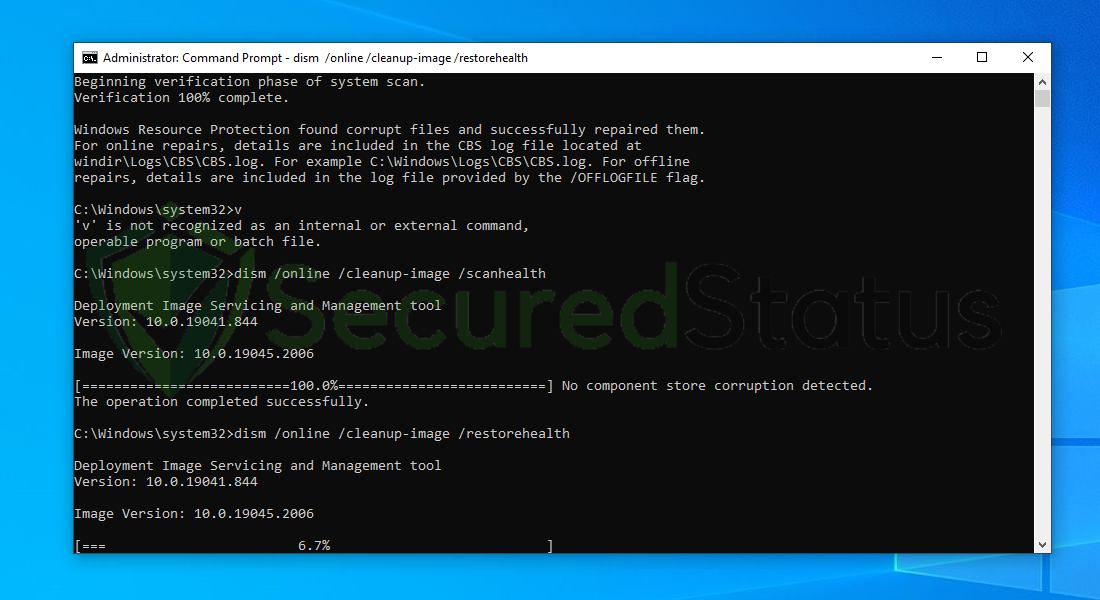
9 Once the scan is complete, it will report that the operation was successful and corrupted files and entries are resolved.
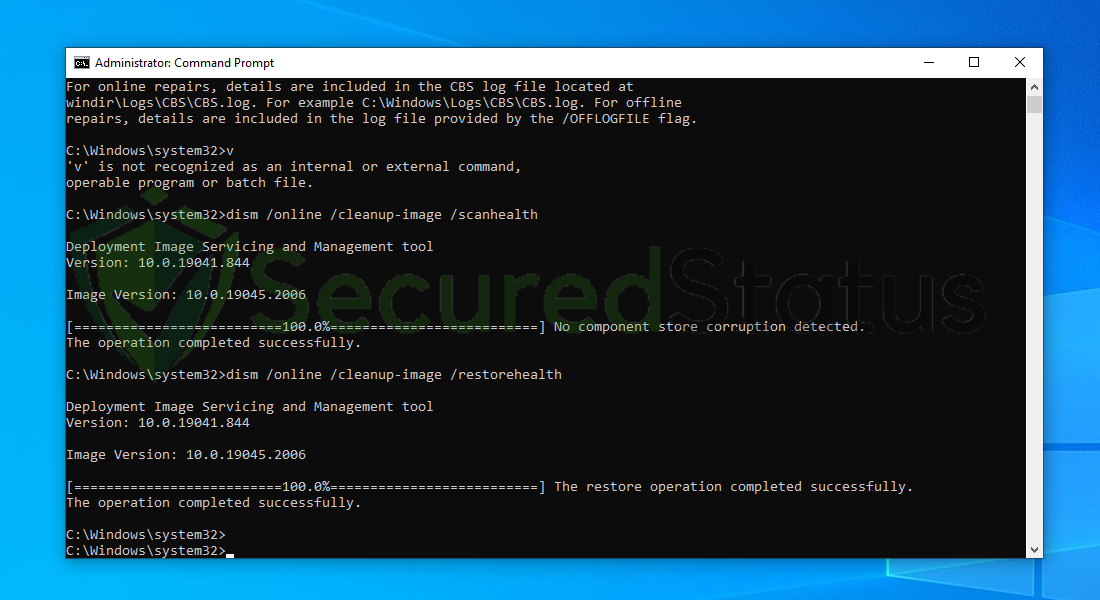
Method 2: Scan for Malware
Most of the time, corrupted and missing system files are caused by malware inside the system. When it comes to removing malware-related problems on the computer, it is best to utilize the anti-malware software provided by Malwarebytes.
We have determined that it can remove most types of malicious threats when we conduct malware tests.

Malwarebytes also offers a free 14-day trial when you download it for the first time, so you might want to use the remaining time of the trial to test out the premium features.
1 Click the button above to download the latest version of Malwarebytes Anti-malware.

2 Open the installation file after the download and follow the procedure shown.
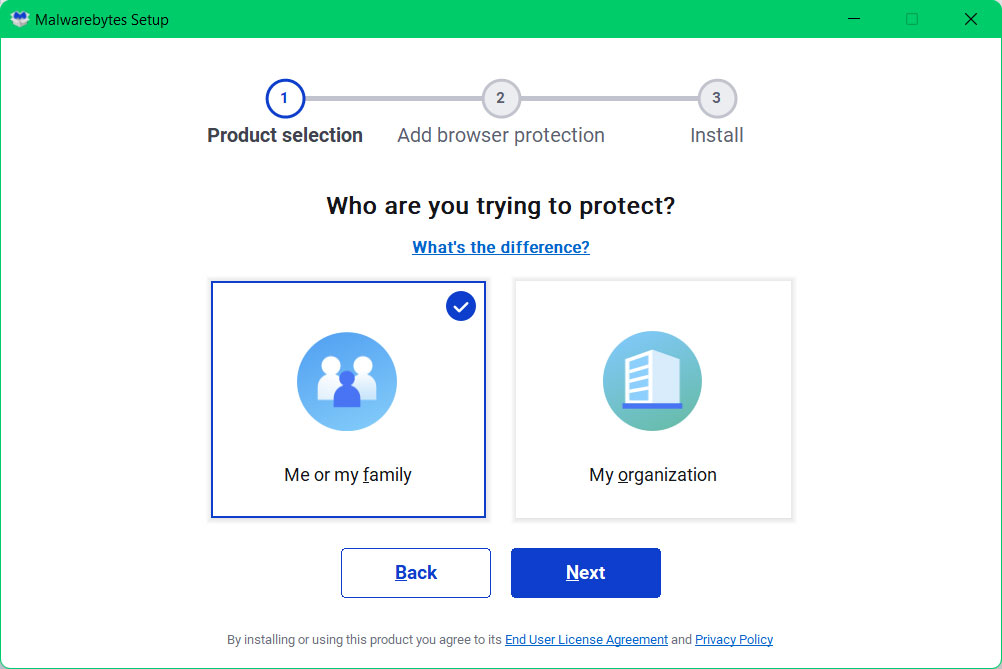
3 After following the software setup instructions, wait for the application to finish installing.

4 Once the application is installed, you may now run your first computer scan and wait for it to finish.
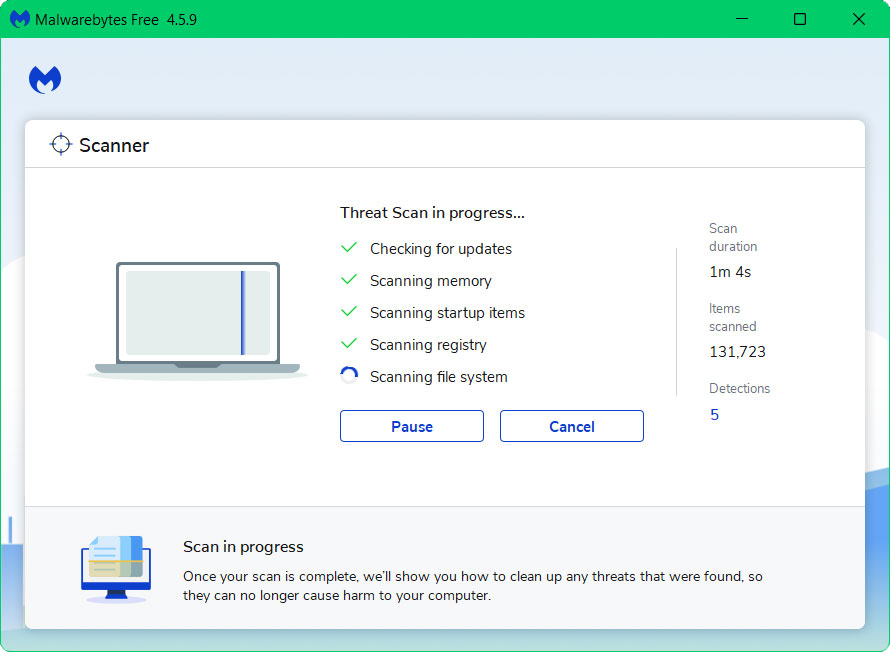
5 All discovered malware on the computer will be displayed on the screen, and you can eliminate them by pressing the “quarantine” button.
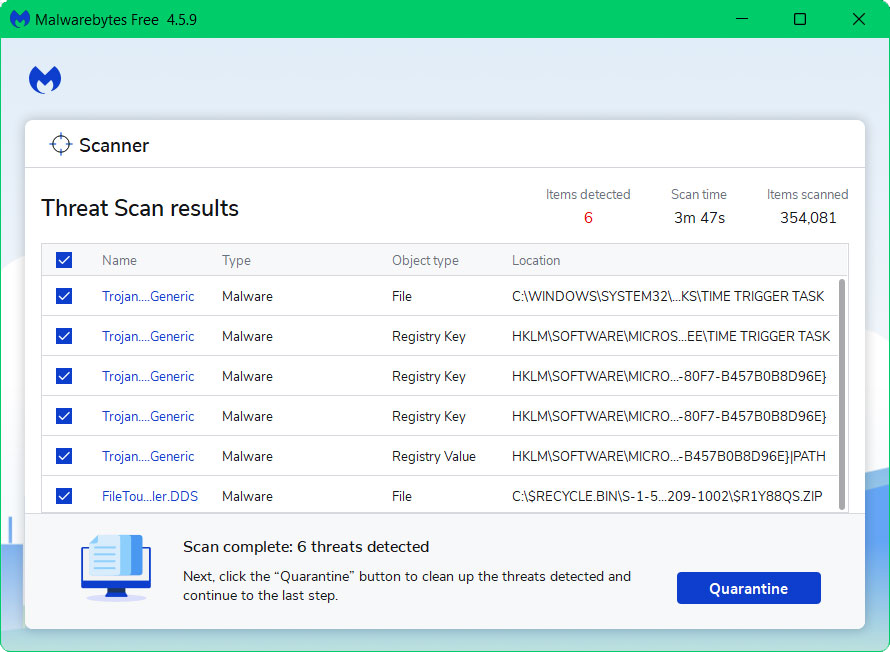
Any potential malware that may have been hiding on your system has now been eliminated, and the modifications it made to the system have been undone. You can check if the RunDLL “There was a problem starting” pop-ups still show.
